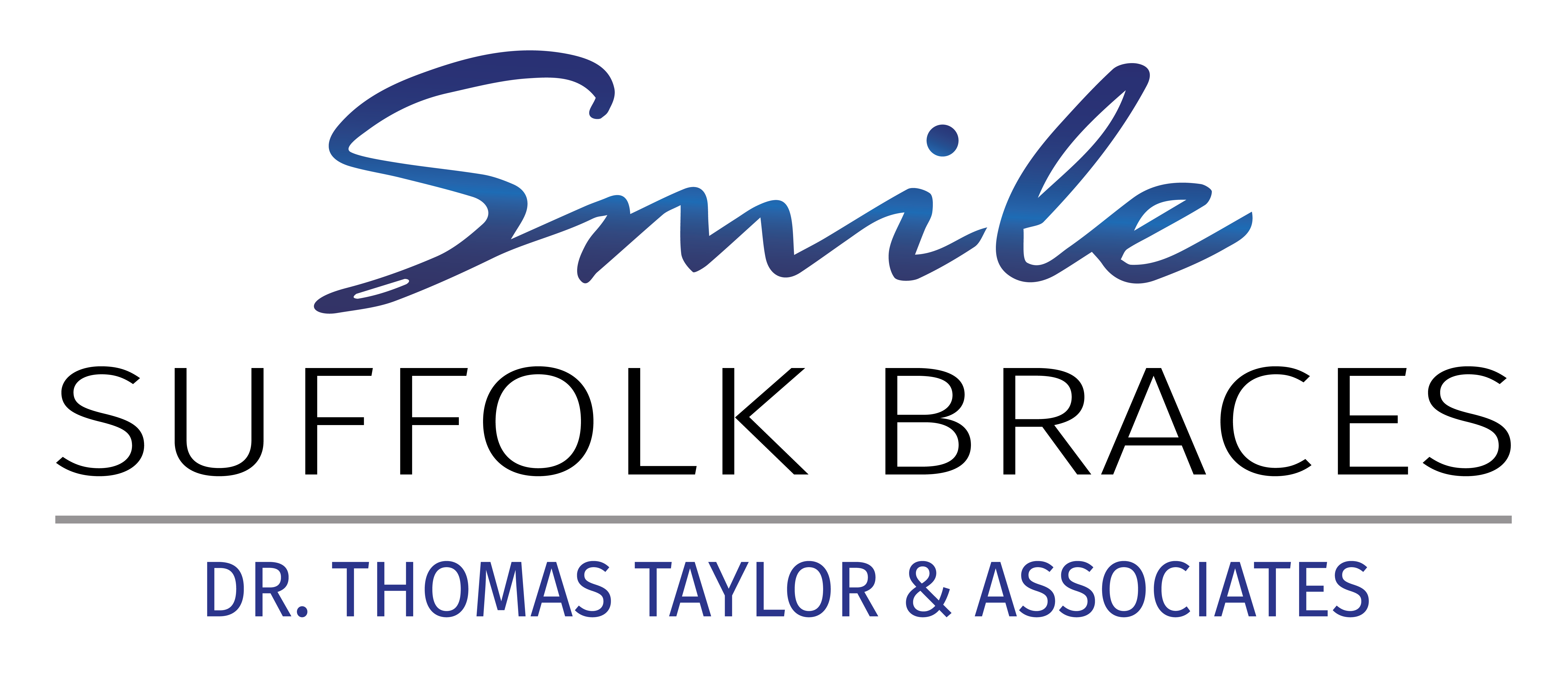How Orthodontics Can Address Childhood Growth and Development Issues
The most opportune time to diagnose and treat growth and development issues in orthodontics is when your child is still young. That is why the American Association of Orthodontists suggests bringing your child to his or her first visit by the age of seven. While several permanent teeth will have erupted at this point, the oral and maxillofacial bones will still be developing. Therefore, if an issue is identified, it is much easier to correct.
Most young patients will not require treatment until age 11 or 12. However, if growth and development issues have been identified, early treatment can offer cost-efficiency, shorter treatment times, and more predictable outcomes. Our doctors at Smile Suffolk Braces can help you determine if early orthodontic treatment – or two-phase treatment – will be necessary for your child.
Common Growth and Development Issues
No matter your age, if your oral and maxillofacial structures are not in alignment, it can lead to serious dental issues in the future, including temporomandibular joint disorder (TMD), tooth erosion, and sleep apnea, among other things. There are several growth and development issues that can be corrected through early orthodontics. These include:
- Mouth breathing: One of the most common signs of a growth and development issue is mouth breathing. This can dry out the soft tissues of the oral cavity, leading to chronic irritation. Mouth breathing can unfortunately result in abnormal facial growth, tooth crowding, compromised airways, and a host of other issues. Because this condition can directly affect sleep quality, many experts believe it has a negative impact on academic performance and behavioral health.
- Underdeveloped lower jaw: If your child appears to have a small chin and an overbite, the lower jaw could be underdeveloped. This condition can increase the risk of TMD, bruxism, and other issues.
- Narrowed palate: This genetic condition can cause a cross bite, which is a misalignment of the dental arches. It can also lead to abnormal sinus placement, tooth crowding, and uneven jaw growth.
- Asthma: If your child suffers from asthma, it can cause changes to the oral and maxillofacial structures, leading to complex issues.
- Obstructed airway: Chronic obstruction of the airway could indicate improper positioning of the jaws. If left untreated, it can result in bite problems, breathing disorders, or abnormal facial growth.

Diagnosing Developmental Issues in Orthodontics
Some developmental issues are quite noticeable, while some may remain unseen. This is why it is so important to schedule an orthodontic screening by the time your child is seven years old. If, however, you begin to notice problems sooner, such as breathing issues, it is crucial that you bring them in. By identifying these conditions early on, we can treat them proactively for optimal results.
When you and your child arrive for the initial consultation, our doctors will perform a complete visual assessment of the teeth, gums, jaw joints, facial muscles, airways, lips, and all surrounding structures. Next, using digital diagnostic imaging, they can evaluate the health of the underlying jawbone. Once a complete diagnosis has been made, treatment options will be discussed with you in detail.
Treatment timelines will depend on your child’s unique situation. In some cases, we may simply choose to monitor your child’s development. The primary goal is to begin any necessary treatment at the most appropriate and opportune time.
Contact Us to Learn More
If you notice any growth and development issues in your child, schedule a consultation at one of our Suffolk, VA locations. You can call our offices or contact us online anytime.

